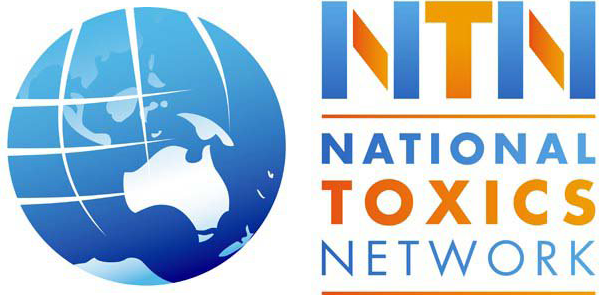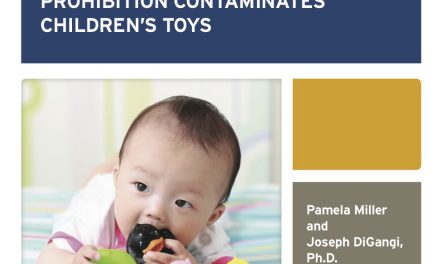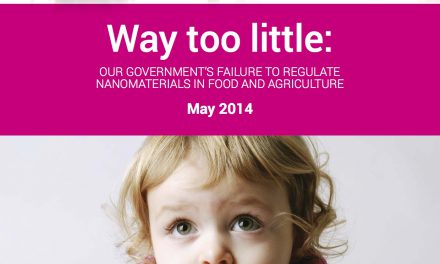Approximately 80,000 new synthetic chemicals have been manufactured and released into the environment Since World War II. Approximately 1,500 new chemicals are introduced each year. The vast majority of these chemicals have not been adequately tested for their impacts on human health or their particular impacts on children and the developing foetus.
Yet, children are exposed to hazardous chemicals through residues in their food, indoor and outdoor air pollution, and through household products and contaminated house dust. Many of these synthetic chemicals are persistent and bioaccumulative, remaining in the human body long after exposure. There are no tests to assess the combined impacts of the ‘chemical soup’ that children are exposed too.
The developing foetus takes in toxic chemicals that have bioaccumulated in the mother’s body and that readily cross over placental barrier. Babies are now born with many synthetic chemicals already present in their small bodies.(1) A newborn then takes more in through breastmilk or formula.
Read More
Children’s unique vulnerability
Health effects of chemical exposures
Are Australian children at risk?
Legislating to protect children
References 1) See Environmental Working Group, Body Burden — The Pollution in Newborns; A benchmark investigation of industrial chemicals, pollutants and pesticides in umbilical cord blood, July 14, 2005 Available at http://www.ewg.org/reports/bodyburden2/execsumm.php In this study spearheaded by the Environmental Working Group (EWG) in collaboration with Commonweal, researchers at two major laboratories found an average of 200 industrial chemicals and pollutants in umbilical cord blood from 10 babies born in August and September of 2004 in U.S. hospitals. Tests revealed a total of 287 chemicals in the group. The umbilical cord blood of these 10 children, collected by Red Cross after the cord was cut. Also see ‘A Present for Life; hazardous chemicals in umbilical cord blood.’, a Report compiled for Greenpeace Nederland, Greenpeace International & WWF-UK September 2005 (ISBN: 90-73361-87-7.). This study confirms that known or suspected hazardous chemicals from eight chemical groups are commonly present in umbilical cord blood. Available at http://www.panda.org/about_wwf/what_we_do/toxics/publications/index.cfm




